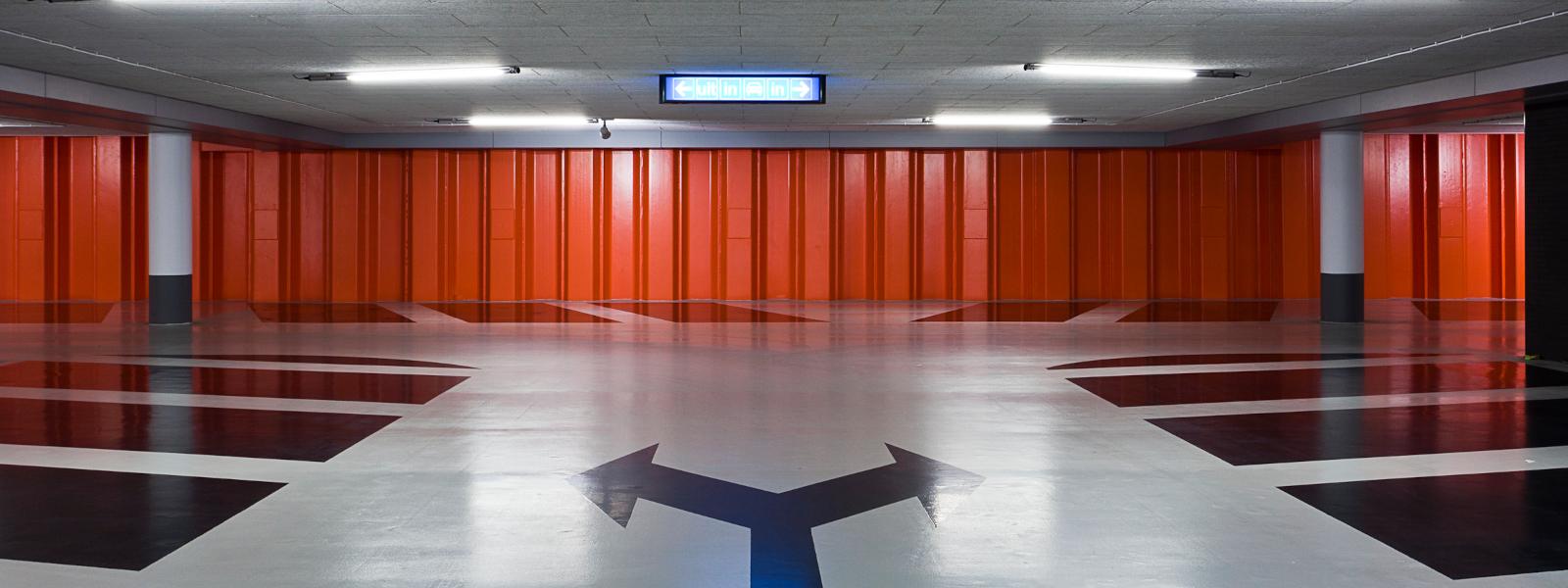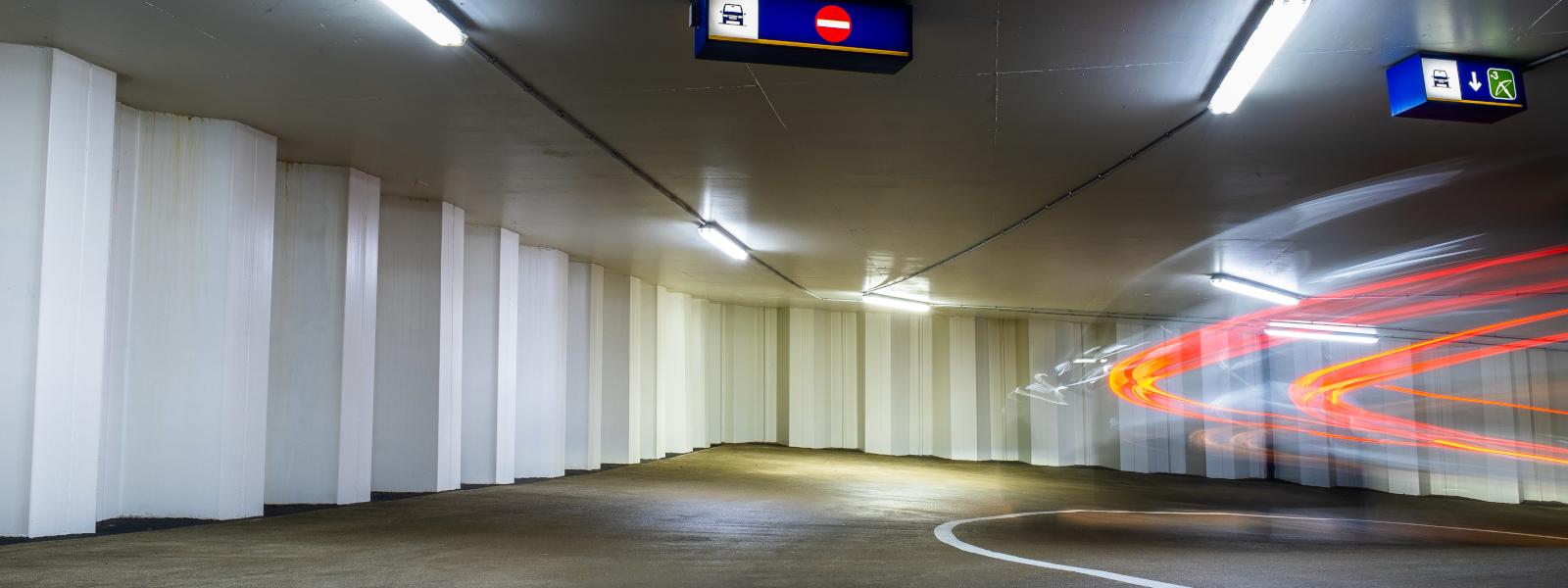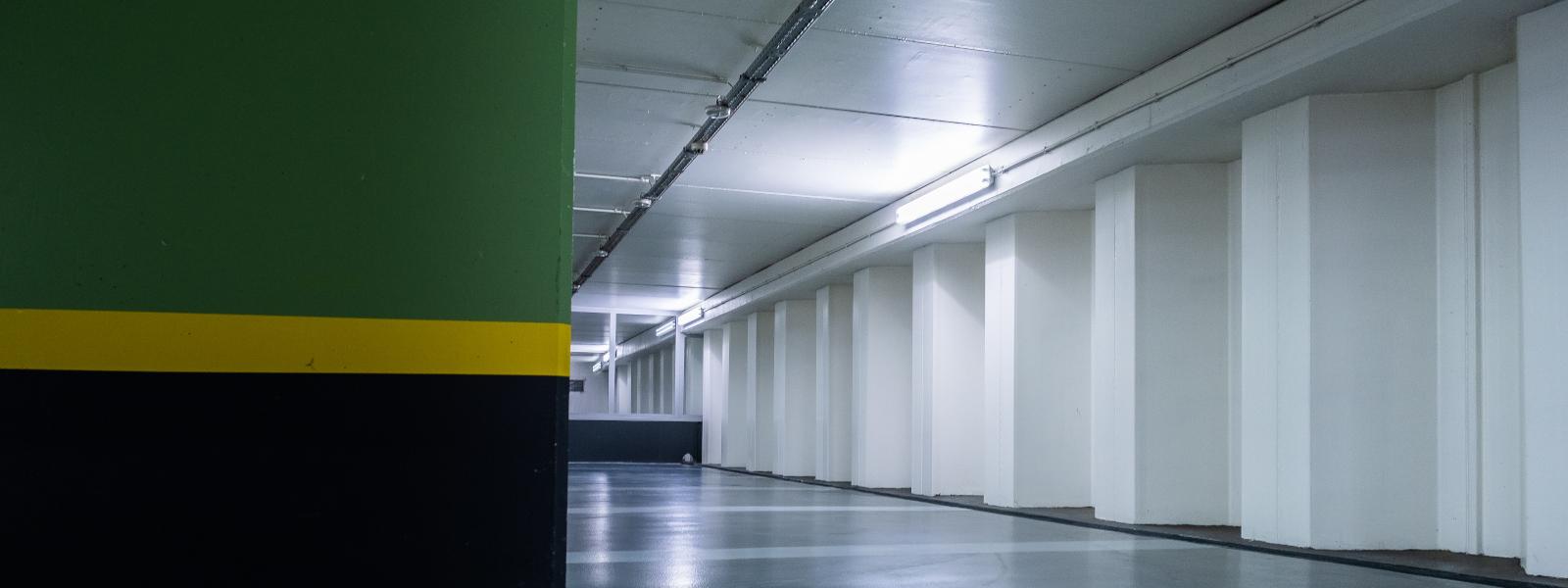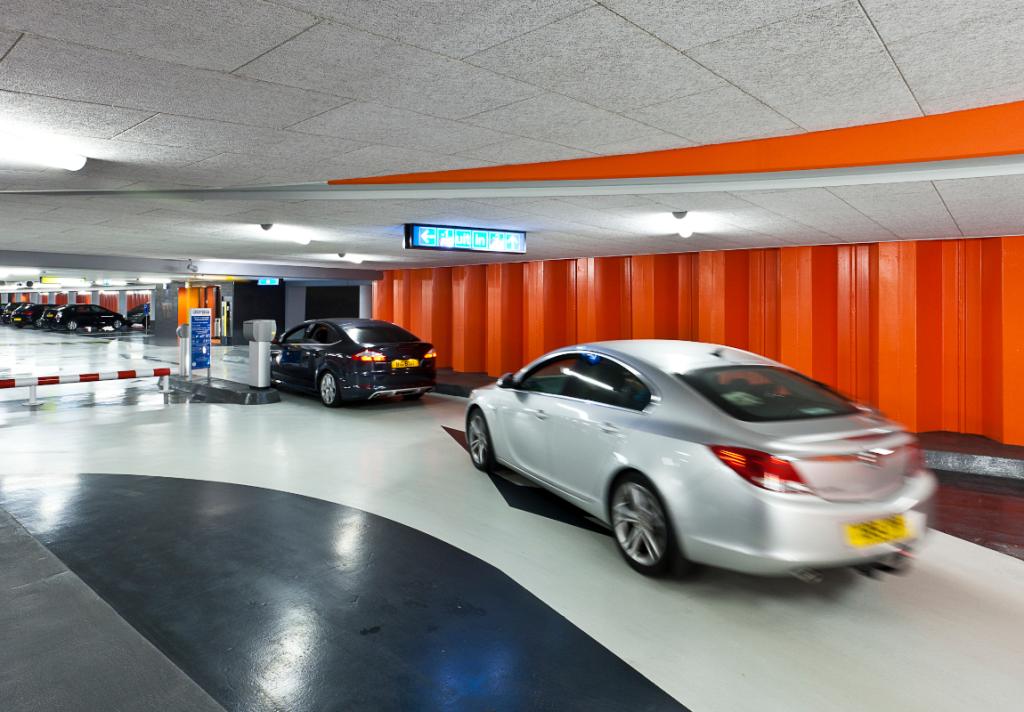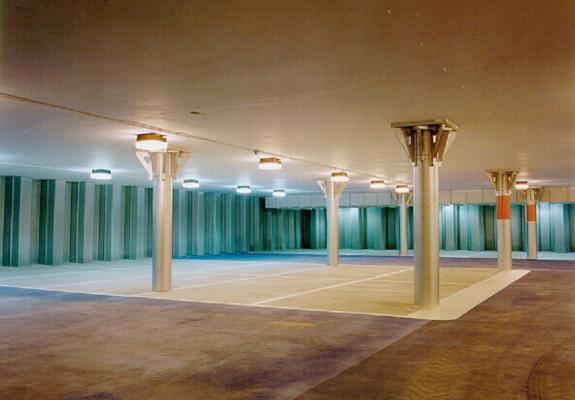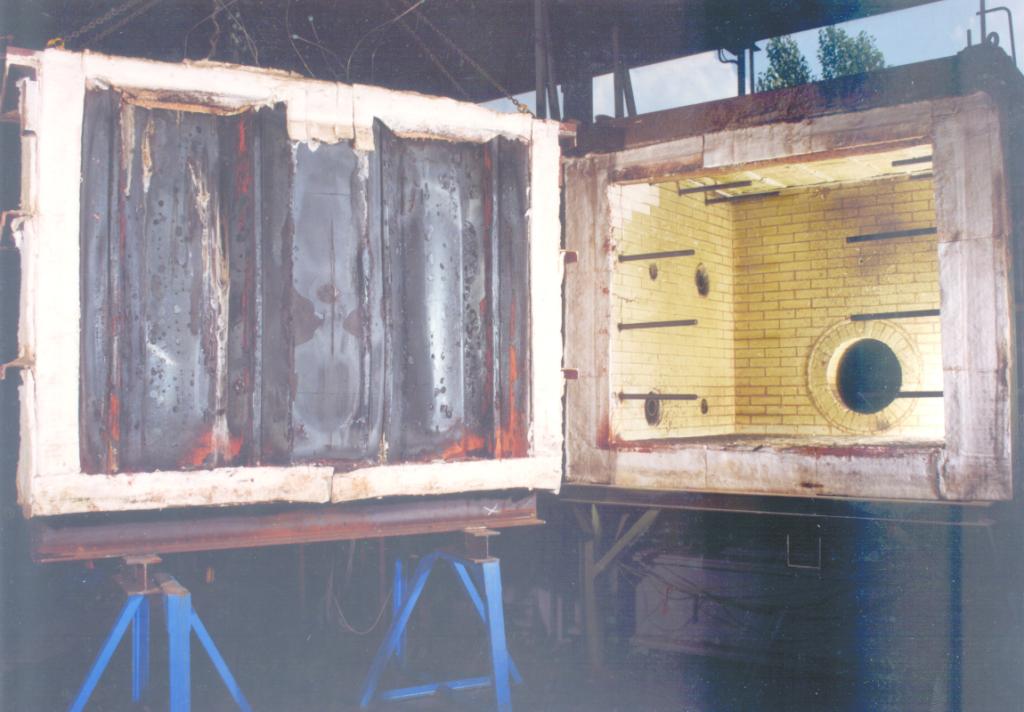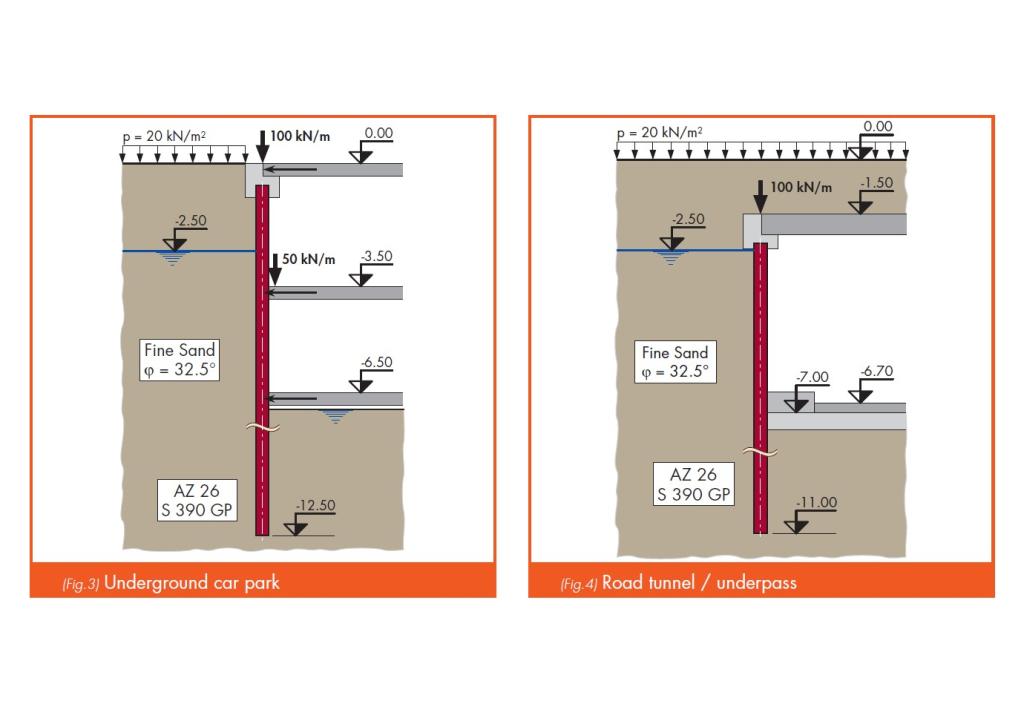Underground car parks | Fire resistance
Understanding and enhancing the fire resistance of steel sheet piles in underground car parks
This brochure provides assistance in the fire safety design of steel sheet piles used as permanent retaining walls in underground car parks or roadworks (tunnels, underpasses,...).
It summarises the results of the full scale laboratory tests performed by ArcelorMittal, and describes one method to verify the stability of the structure under fire loading. Furthermore, it includes an easy-to-use verification procedure allowing a simplified assessment of the fire safety of the steel sheet pile structure that can be used in a preliminary design.
Download
 English
English
